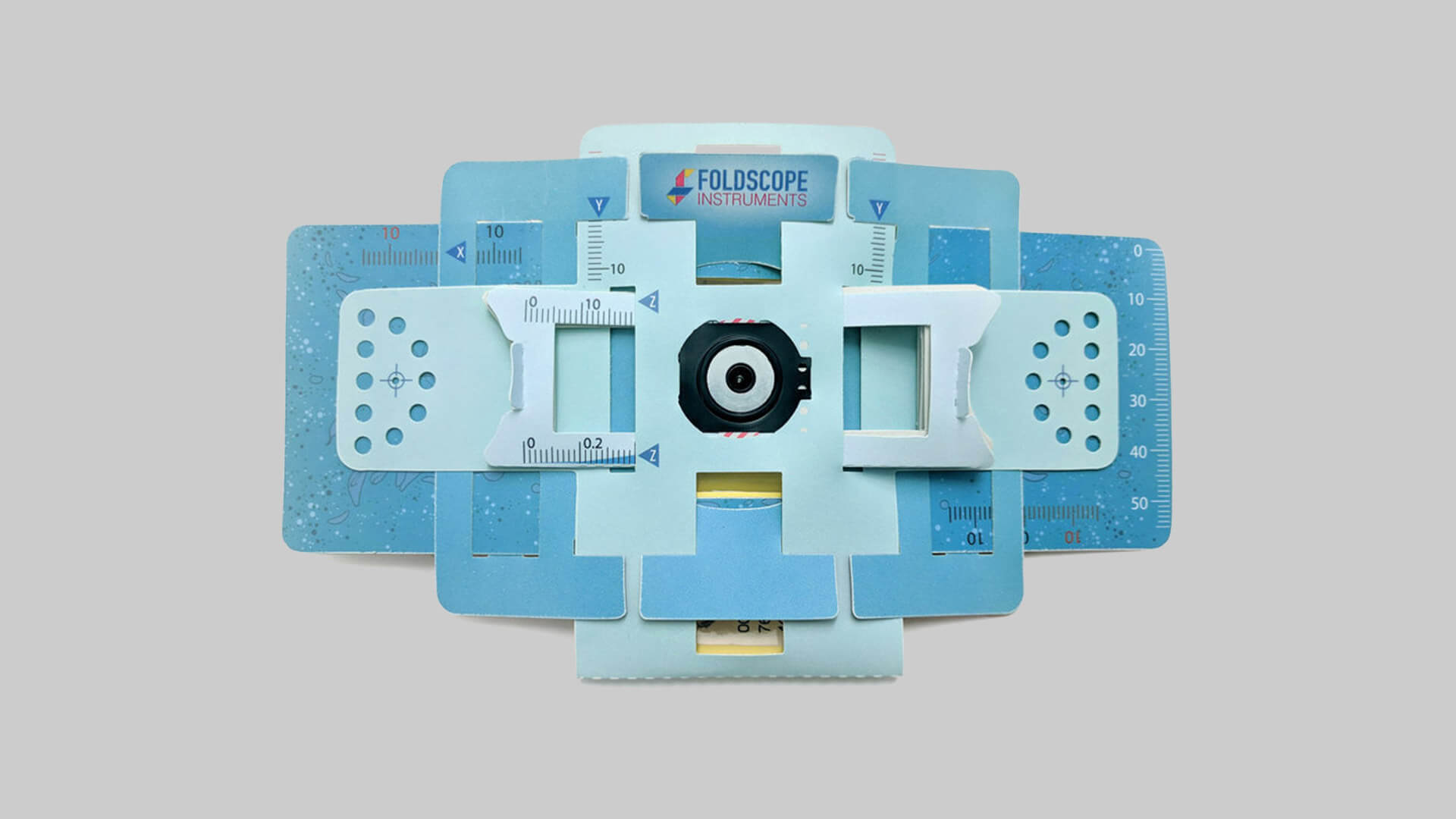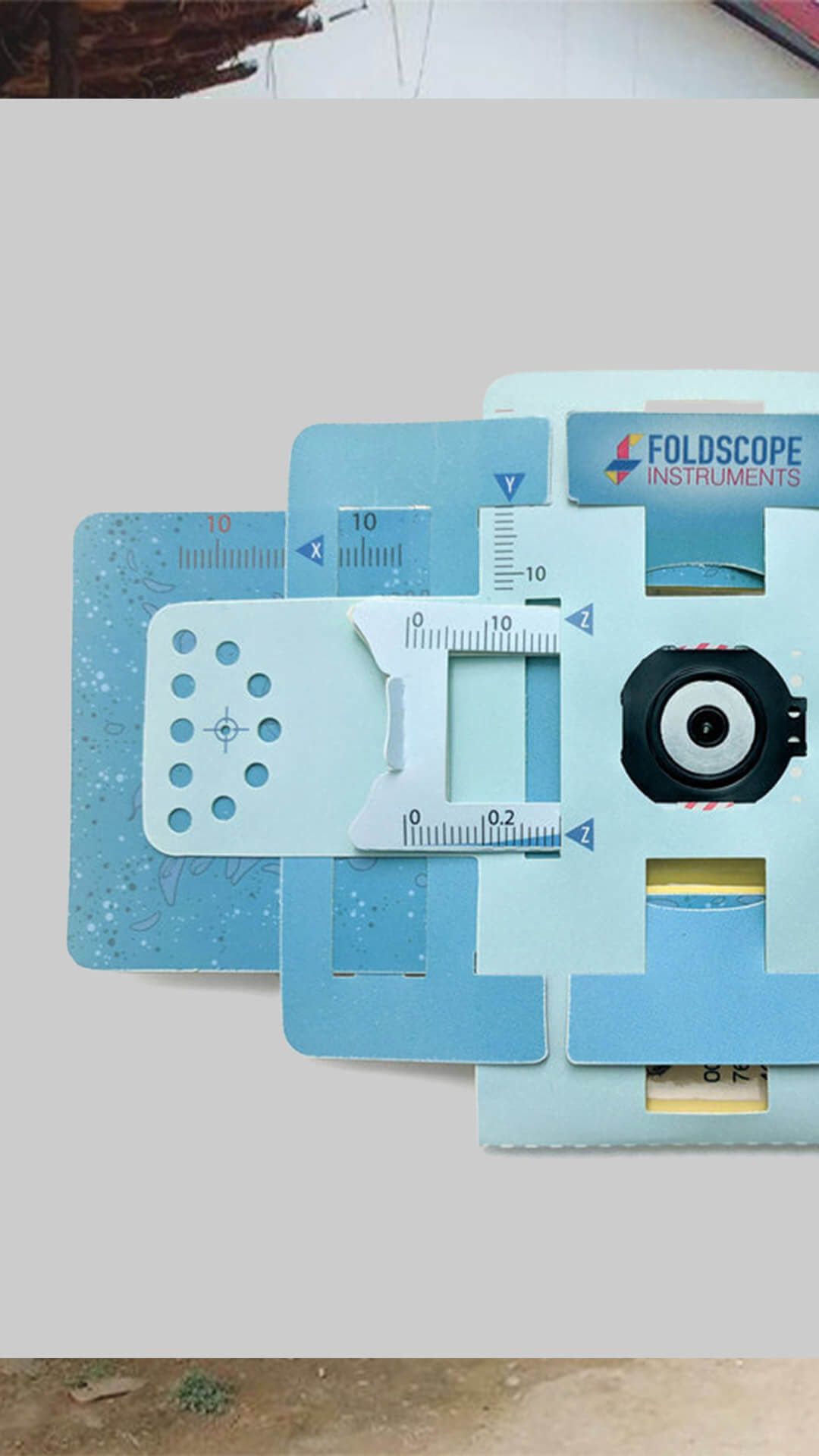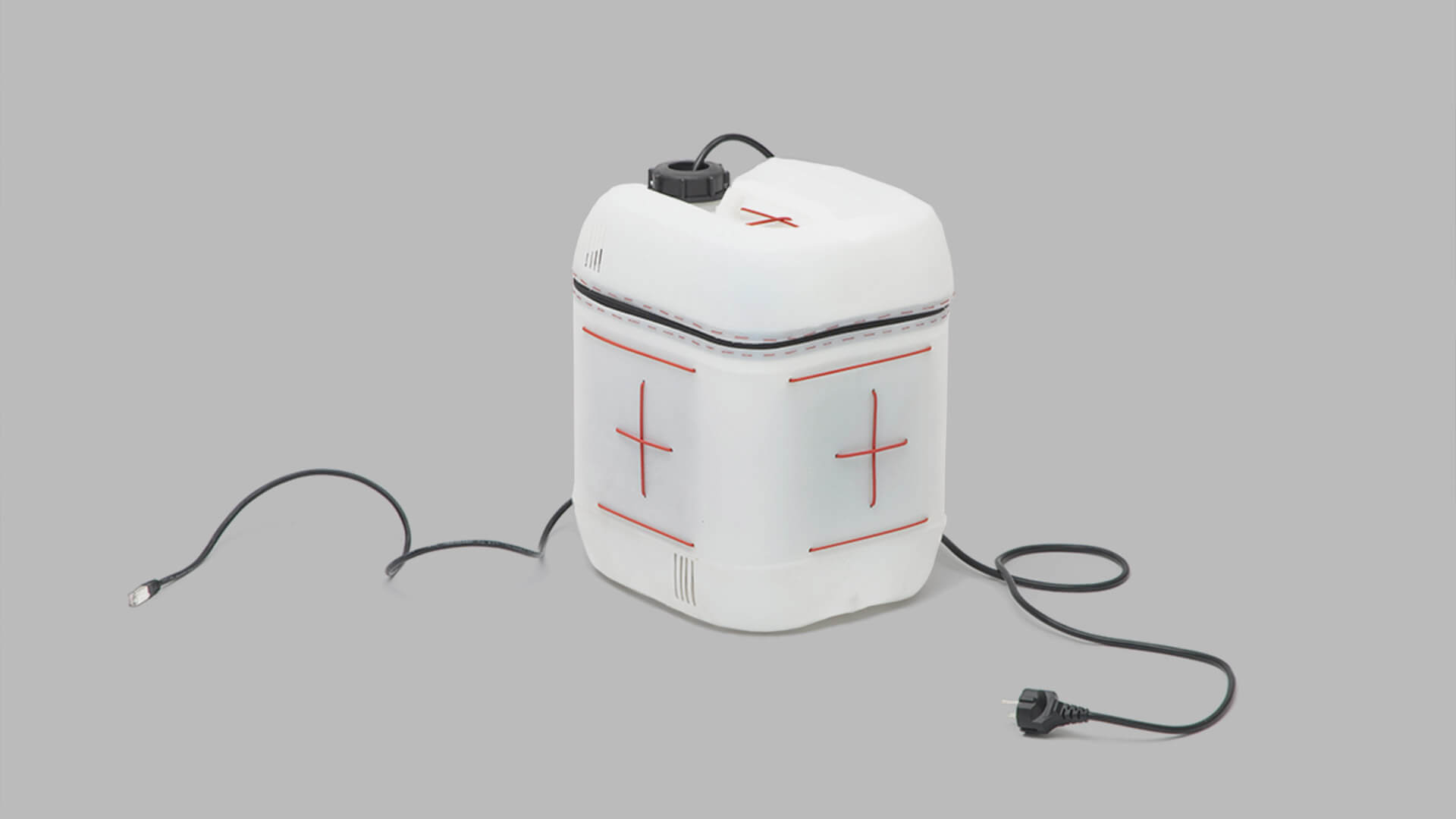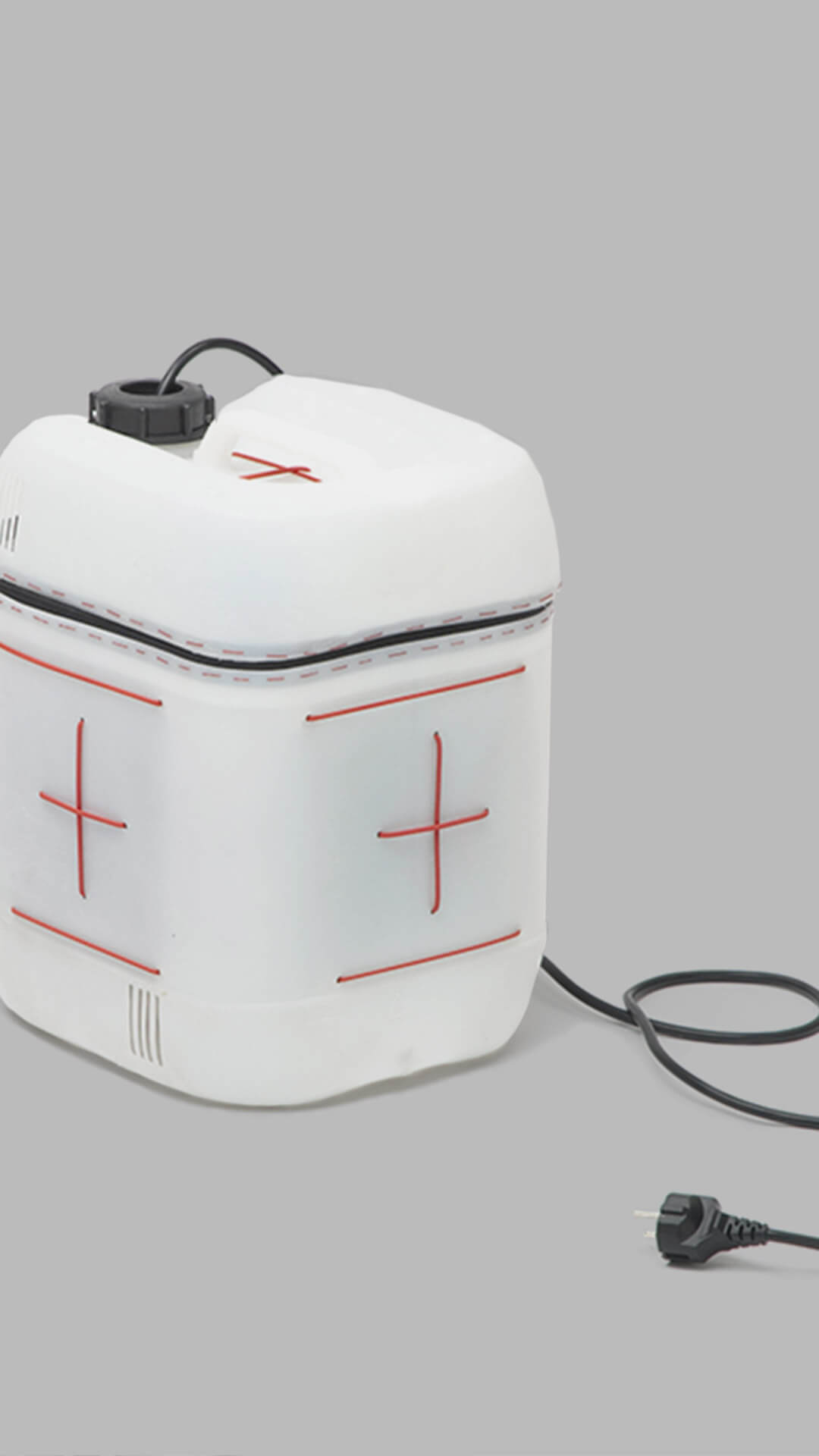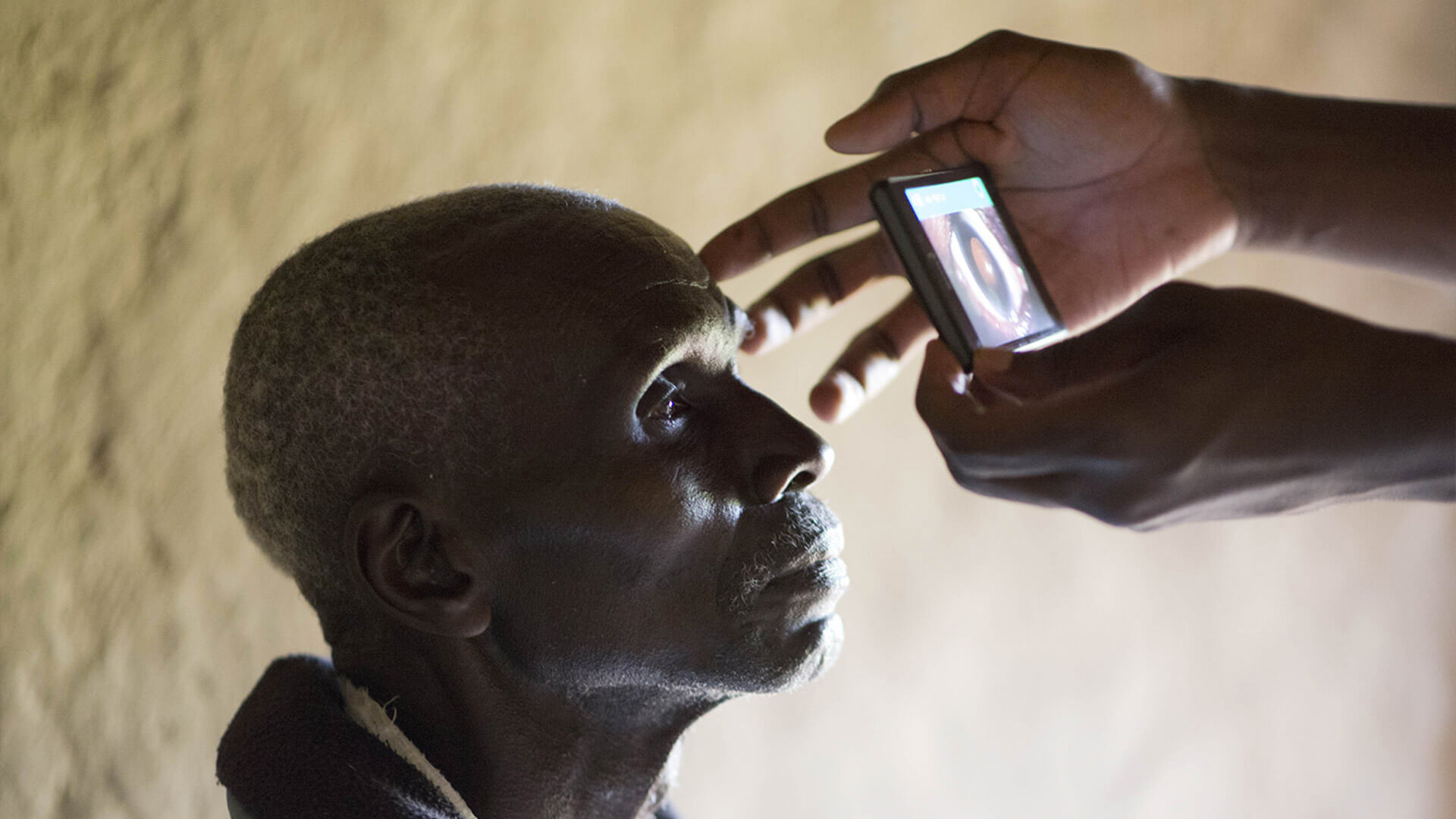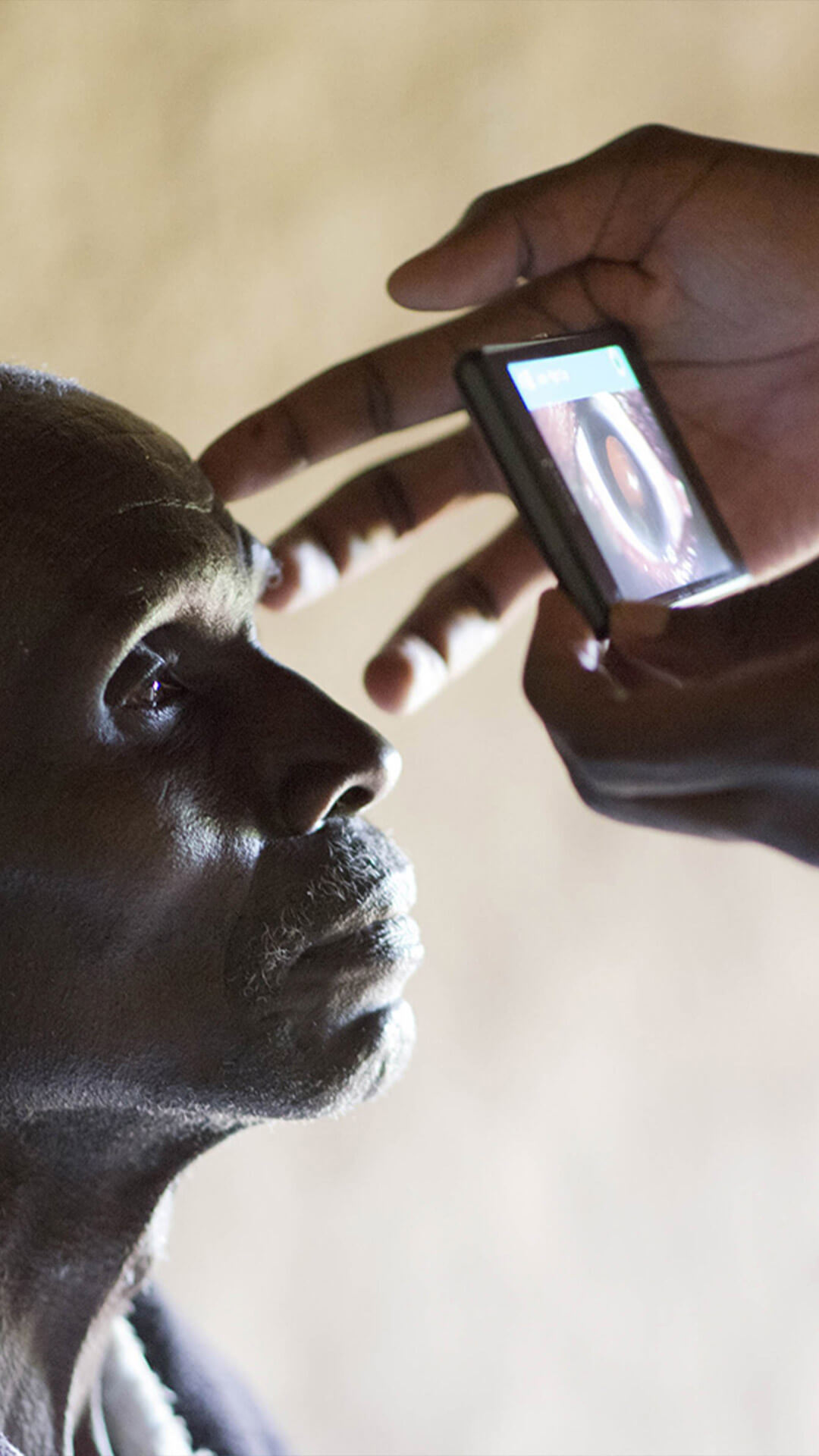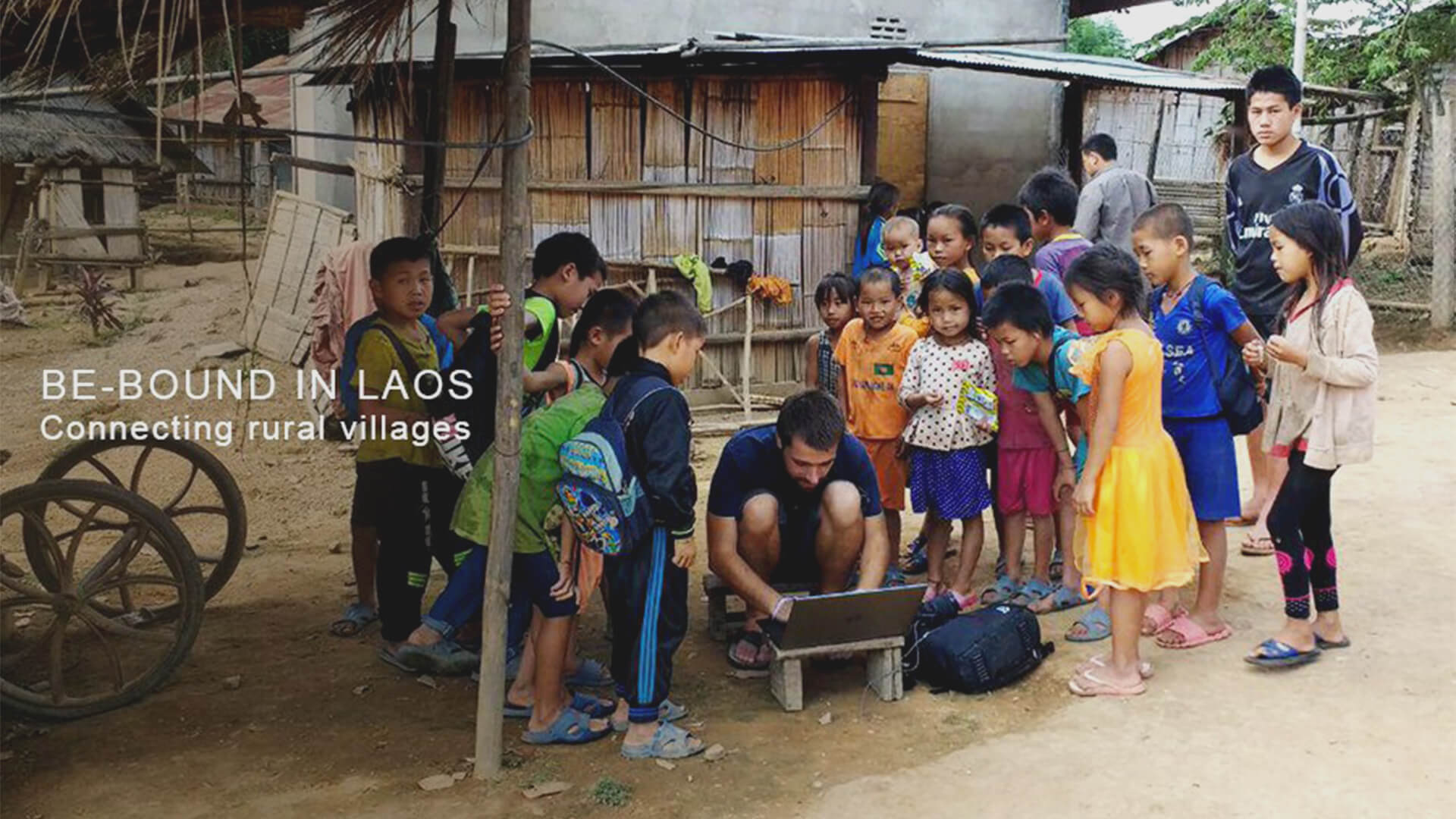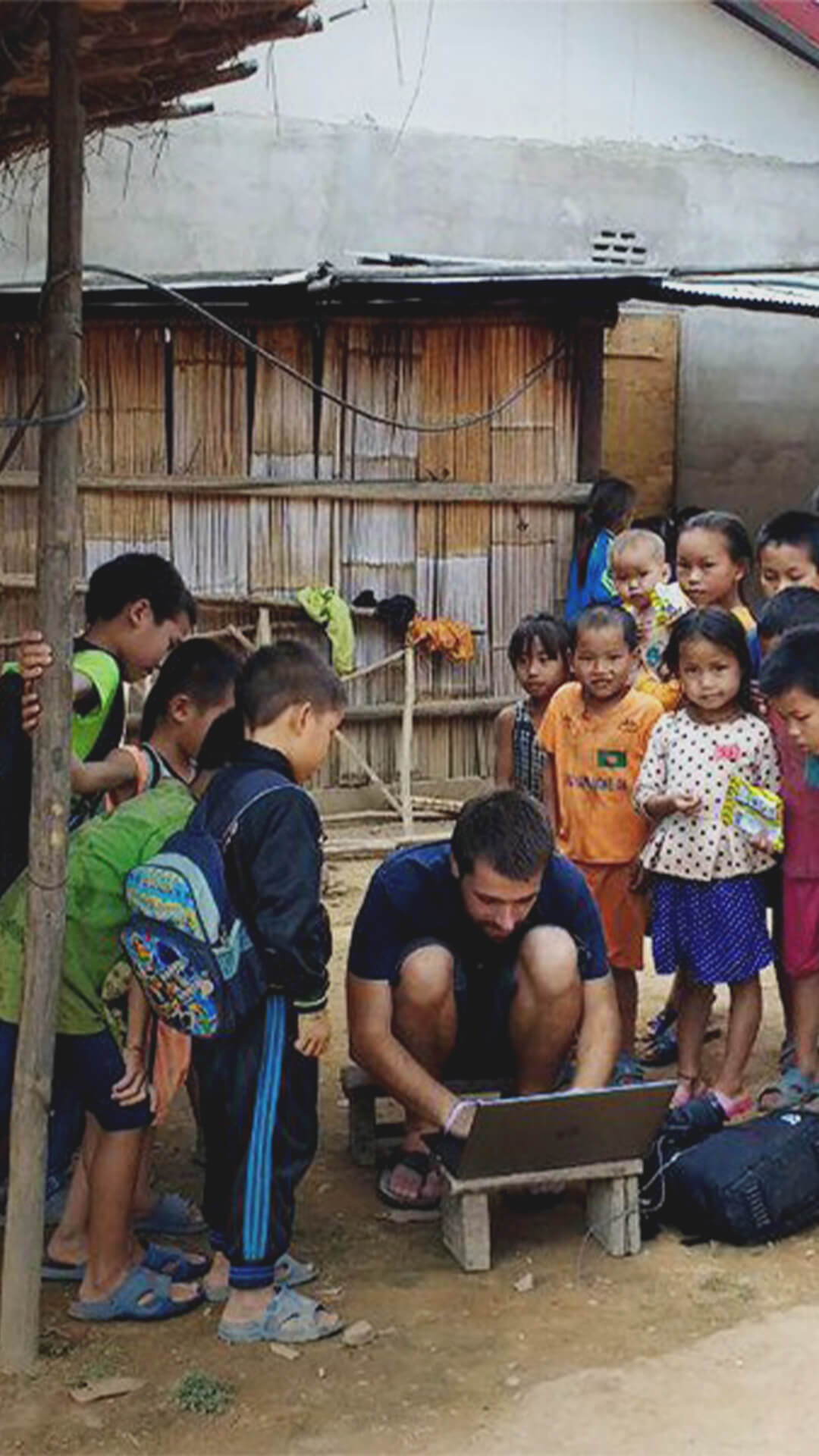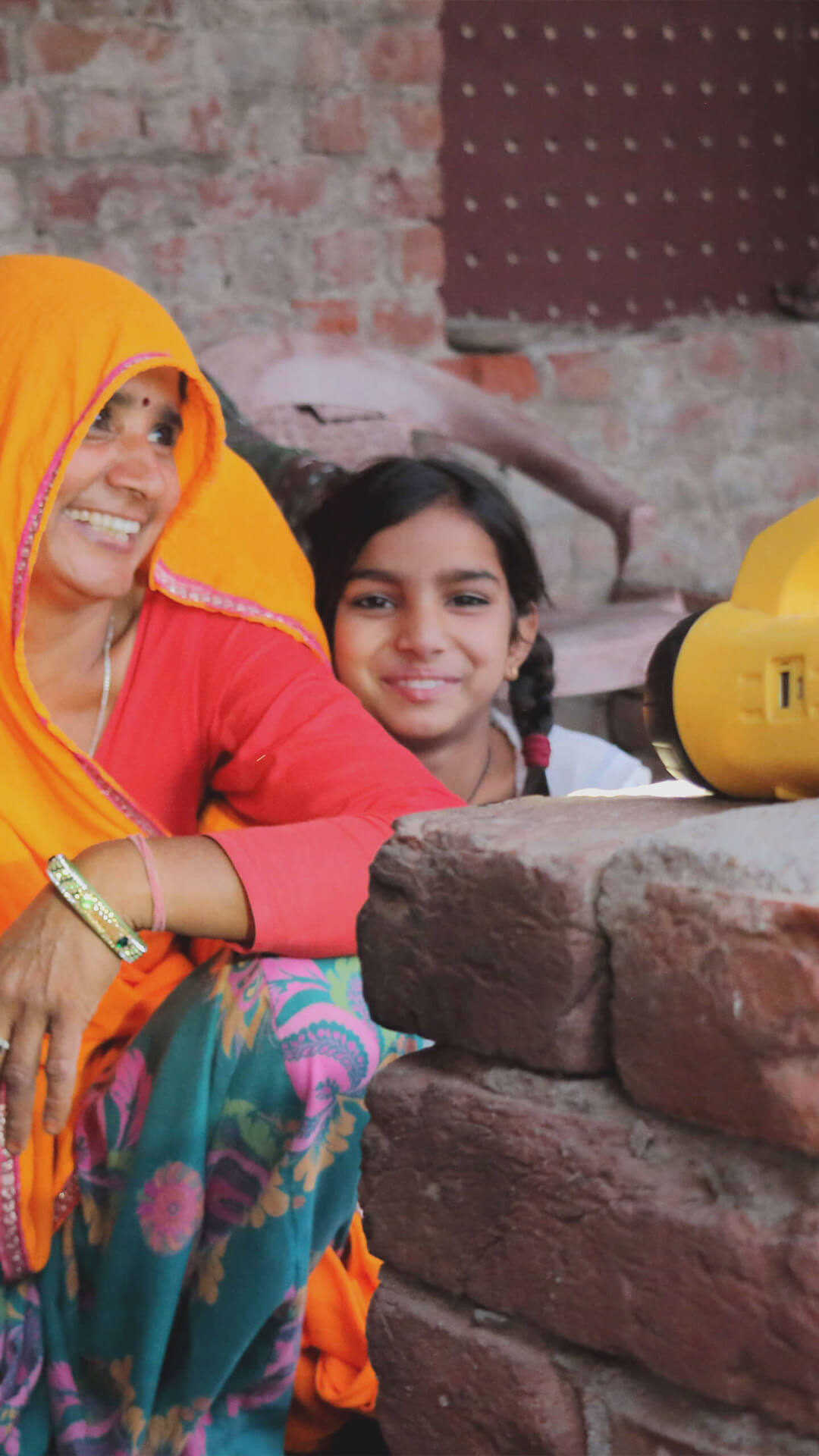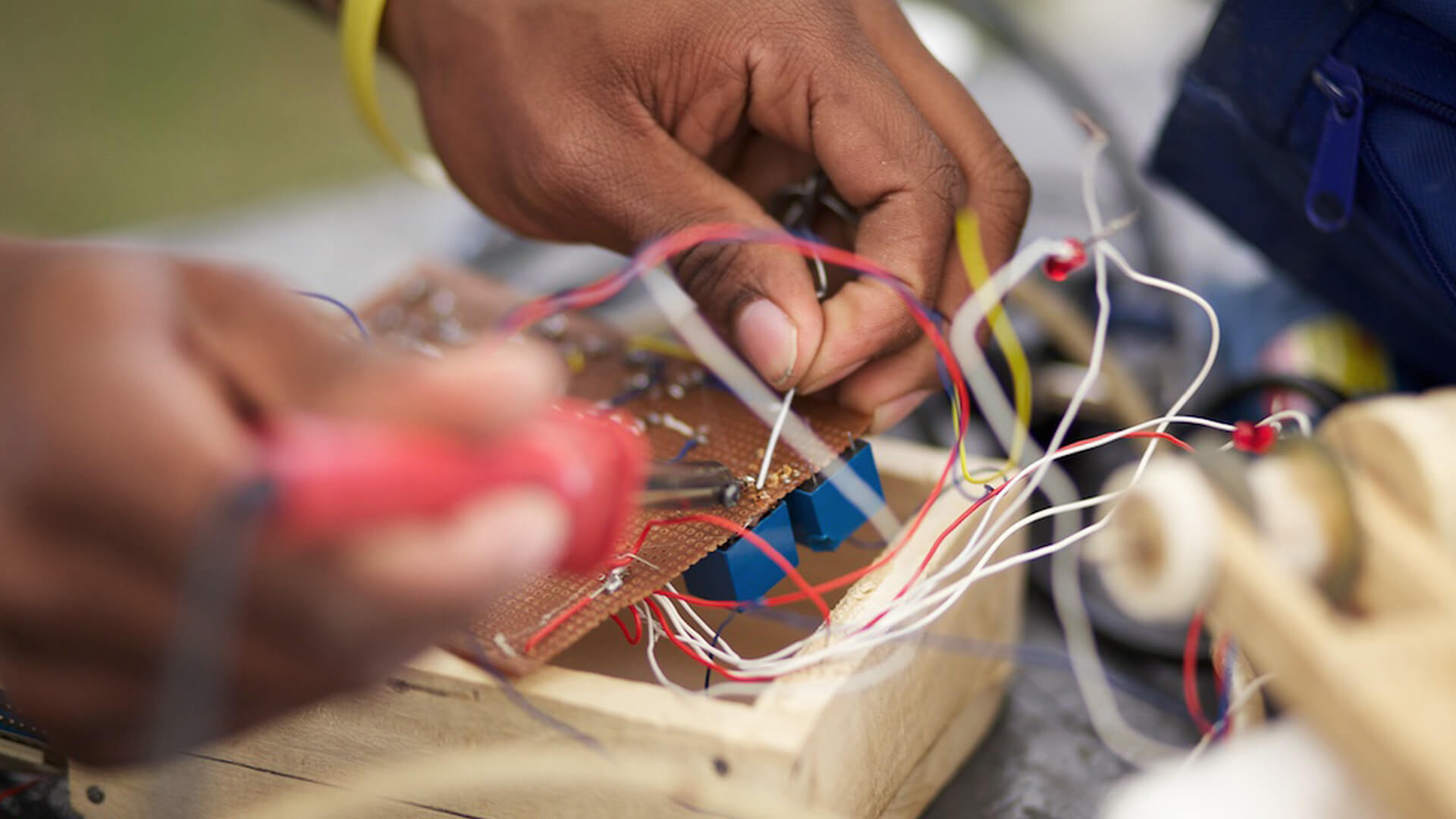
Human ingenuity in action for the benefit of innovation
Doing more with less… That is the credo of frugal innovation, a philosophy and creative process whose aim is to design ingenious solutions with very little means and that are capable of changing the everyday lives of millions of people.
Frugal innovation takes its inspiration from the Indian concept of “Jugaad”, or the art of doing more with less in difficult conditions. In an interview with Makery magazine, Navi Radjou, its main promotor, defines the word as “creative resilience, resourcefulness, that allows you to transform adversity into opportunity and come up with a frugal solution to any problem with very little”.
A mode of innovation born in developing countries, that is being exported to the West
So, frugal innovation consists of meeting a specific need in the most simple, efficient, and adapted way possible. It is about reducing the complexity of the means put into effect to develop a solution in a context where the innovator or the entrepreneur only has limited financial or material resources. As Navi Radjou highlighted in his famous TED conference: “When external resources are scarce, you have to go within yourself to tap the most abundant resource, human ingenuity.”
What’s more, the solution undertaken must address a “Bottom of the Pyramid” market, i.e. the poorest populations who don’t generally have access to the products and services developed by Western companies in their R&D laboratories. Thus, the simplicity enables lowering not only of manufacturing costs but also of the selling price. The solution is stripped to its bare minimum but without compromising on quality. This is what differentiates frugal innovation from low-techs.
Frugal innovation emerged in developing countries, in particular in Asia (India) and in Africa. The severe socio-economic constraints, which force individuals to demonstrate a wealth of ingenuity and a healthy dose of System D, have made them breeding grounds that are conducive to the development of this mode of innovation. Today, Western companies (both big groups and startups) are taking inspiration from its principles. Frugality is perceived as a means of innovating better, more quickly, and at low cost, as well as responding to the major challenges faced by developed countries, such as the scarcity of resources, the demand for product sustainability and energy efficiency, the increase in social disparities, etc.
This growing interest in frugal innovation makes it “universal in its scope and its practice” (today it is practiced in urban and rural settings, in poor and rich countries, by social entrepreneurs or big groups, by men, by women, etc.) and proves that developing countries too can export new models.
Fab labs, privileged spaces of frugal innovation
Still firmly rooted in the culture of many developing countries, the sense of resourcefulness, ingenuity, DIY spirit, and the ability to divert existing technologies that are particular to frugal innovation, are also underlying the “Maker” movement. Born in the United States in the early 2000s out of the Do It Yourself culture, it is embodied in particular in fab labs and makerspaces, open collaborative spaces that can be accessed freely or for a nominal fee, and where exchange and sharing (of knowledge, of resources, of experiences) are the cardinal virtues. These inclusive third places that combine digital manufacturing tools of shared use, a community of makers, and educational resources, enable absolutely anyone to design, prototype, and create a variety of objects.
These past few years, many fab labs and makerspaces have flourished in India and in African countries, leading to new practices and contributing to the economic, social, and environmental development of the regions within which they are established. In Africa, there are over forty, according to Stéphanie Leyronas, Gwenael Prié and Isabelle Liotard, co-authors of an article on the subject. Today, these spaces constitute privileged spaces where frugal innovation is spreading for one simple reason: “In the workshop, the production itself also needs to cope with the challenges of the lack of available financial and material resources.”
Five examples of frugal innovation
It is hard to talk about frugal innovation without giving a few concrete examples of solutions!



